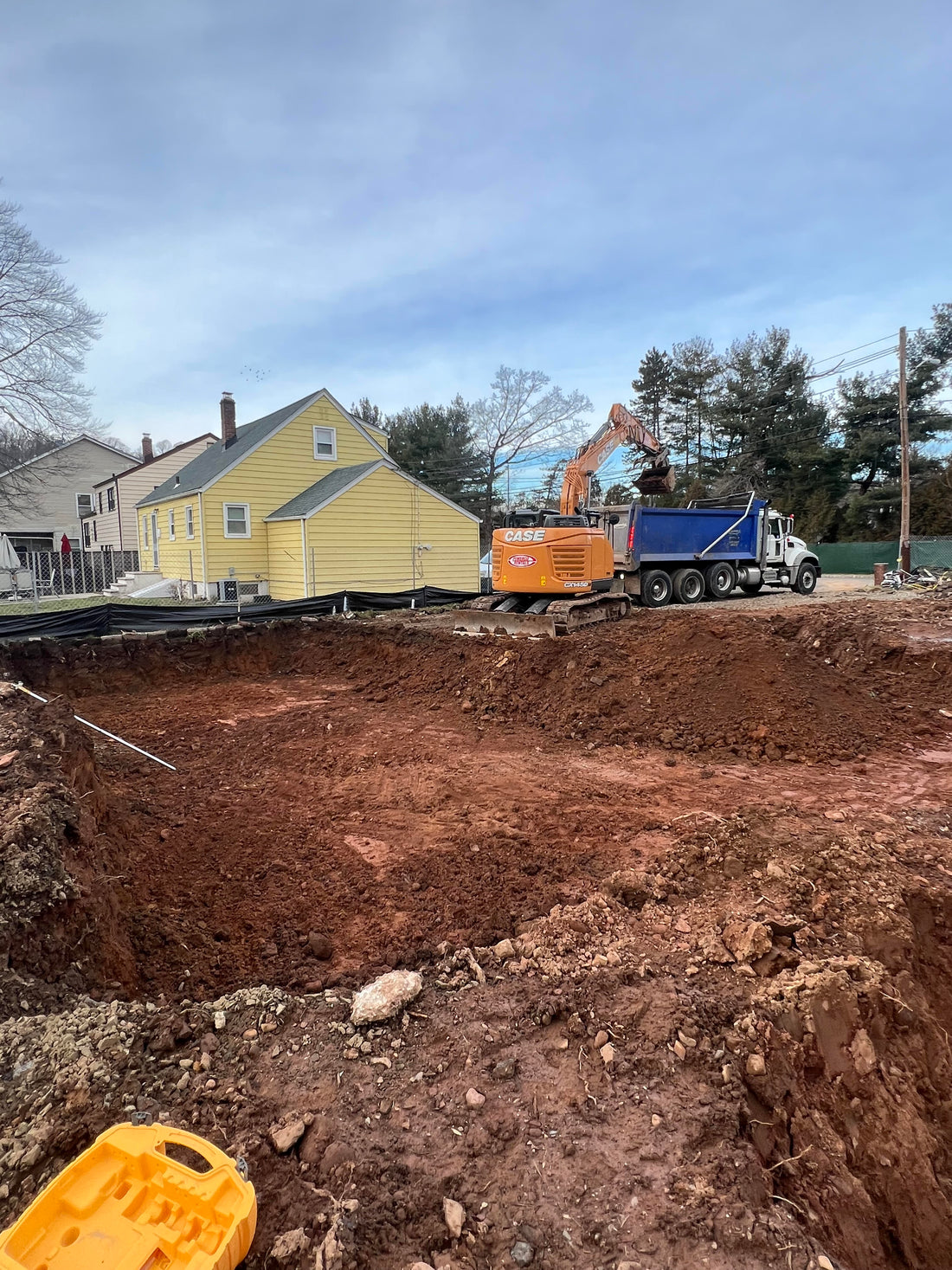
Excavation
Share
Excavation is a crucial process in construction and land development that involves the removal of earth, rock, or other materials to prepare a site for building foundations, utilities, or landscaping. This procedure is vital for ensuring proper site conditions and stability for any subsequent construction work.
Key Steps in Excavation:
-
Site Assessment: The process begins with a thorough evaluation of the site, including soil type, topography, and any existing structures. This assessment helps determine the excavation requirements and identifies potential challenges.
-
Design and Planning: A detailed excavation plan is developed, outlining the specific areas to be excavated, the depth required, and how the site will be graded for proper drainage.
-
Clearing the Site: Vegetation, debris, and any existing structures in the excavation area are cleared to create a clean working space.
-
Excavation: Heavy machinery, such as excavators, bulldozers, and backhoes, is used to remove material from the site. The excavation may include digging trenches for foundations, creating basements, or grading land for landscaping.
-
Shoring and Support: If the excavation is deep, shoring or bracing may be necessary to prevent cave-ins and ensure worker safety.
-
Soil Removal and Transport: Excavated material is either removed from the site or repurposed for other uses, such as backfill or landscaping, depending on the project needs.
-
Compaction: After excavation, the soil at the bottom of the excavation is often compacted to create a stable base for construction.
-
Final Grading and Inspection: Once excavation is complete, the site is graded to ensure proper drainage and is inspected to confirm it meets the specifications outlined in the excavation plan.
